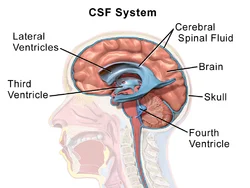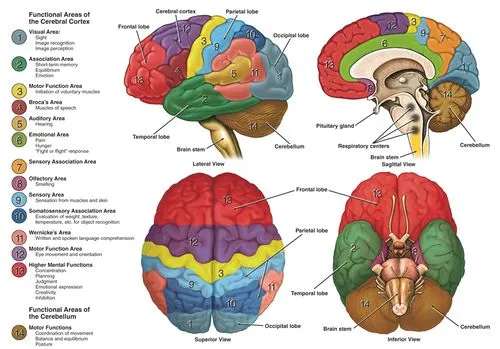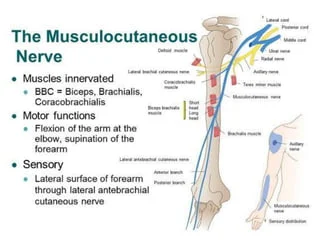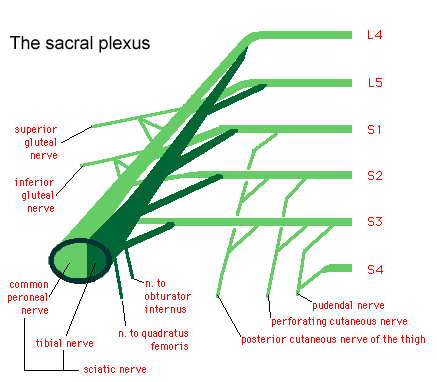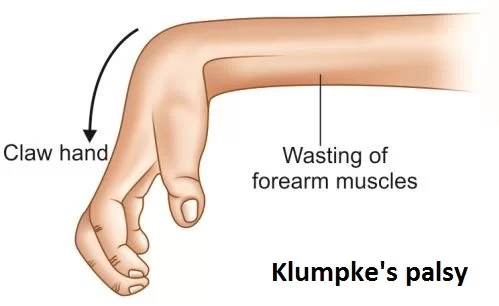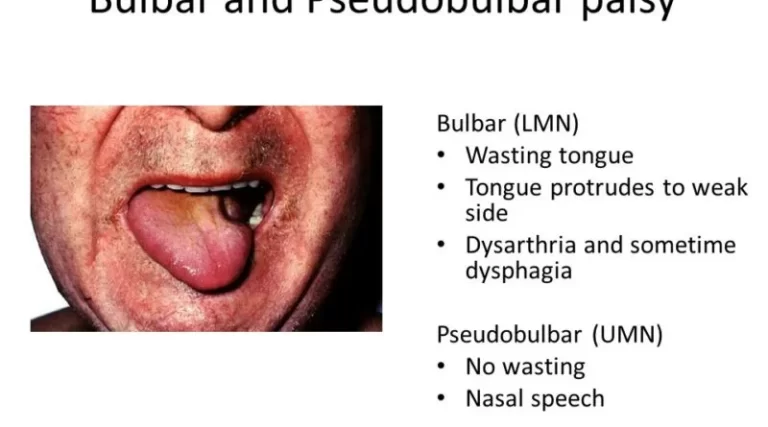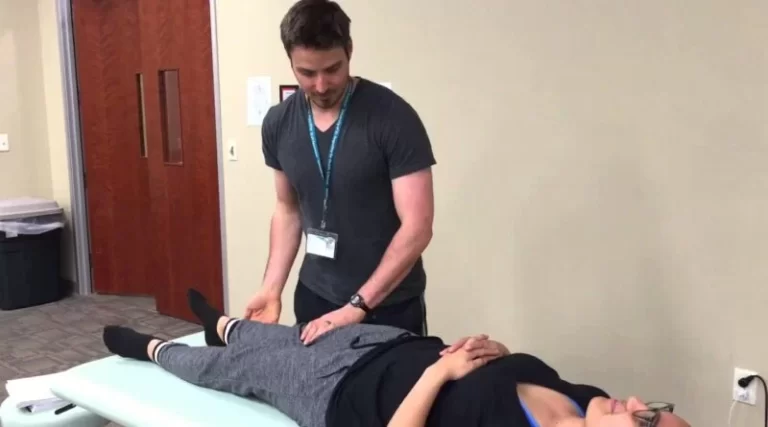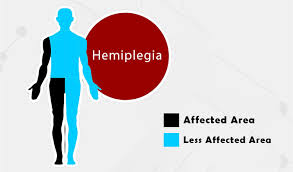Cerebrospinal Fluid (CSF)
What is a Cerebrospinal Fluid? Cerebrospinal fluid (CSF) is a clear or transparent, colorless plasma-like fluid that bathes or cleans the central nervous system (CNS). The system of cavities is established inside the brain and spinal cord, including the ventricles, the subarachnoid cavity of the cerebral cortex, the spinal cord, and the central canal of…

